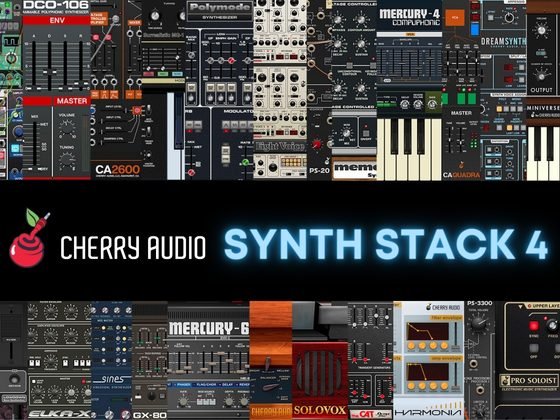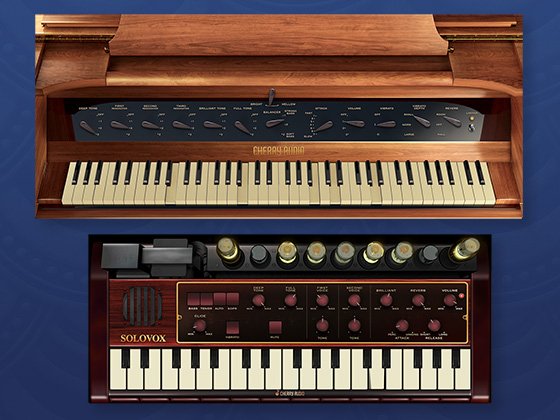$10.00
Also available in The Drift Pack at a greatly reduced price!
Sync Drift adds a randomly drifting delay to sync, trigger & gate signals. With mild settings, it acts like an unstable tape machine or slowly drifting master clock. And with extreme settings, it can turn a steady sync signal into total chaos!
Sync Drift works with typical sync signals where a positive voltage marks a trigger/gate, and zero voltage is "off". With longer gates, both the start and end are randomly delayed, so the length of the gate also varies.
The random delay drifts between zero and the value set by the AMOUNT knob. With the knob at max, the maximum delay is one second. Set the speed of the drift with the RATE knob.
Behind the scenes, the operating principle of Sync Drift is somewhat similar to Pitch Drift (adding a random delay to the signal). However, Sync Drift is optimized for triggers and gates, instead of audio. It guarantees that even the shortest trigger pulses (down to one sample) are never lost, and the sharp rising & falling edges stay intact. In other words, you always get exactly as many triggers/gates from the OUT jack as you send to the IN jack, and in the same order - no matter how fast the triggers are, and how much you crank the knobs. Sync Drift also retains the original level of the incoming triggers and gates.
Usage ideas:
- Run the master sync signal (like one generated by the Sync Generator module) of your patch through Sync Drift to make the whole patch randomly speed up and slow down.
- Route individual drum triggers through separate Sync Drift modules to add some sloppiness to the timing of the drums.
- Use Sync Drift for a keyboard gate signal to add some timing randomness. You could also process the corresponding pitch signal with Pitch Drift and/or Lag Drift to give pitch a random timing of its own. (Note: In this case, Pitch Drift would not actually change the pitch - it would just randomly delay any changes in the pitch CV signal. To actually change the pitch, use Pitch Drift to process the audio output, or use Control Drift for the pitch CV signal.)



























































